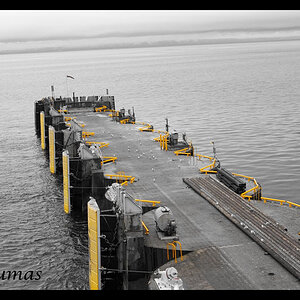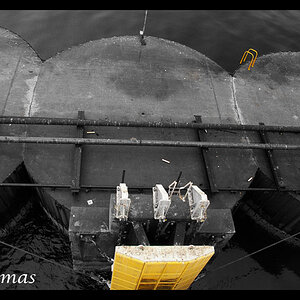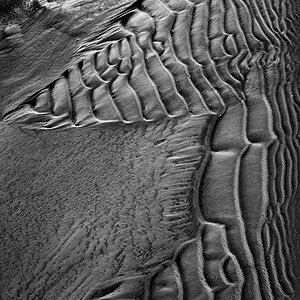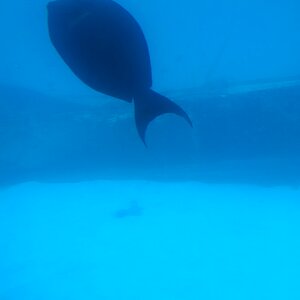Josh66
Been spending a lot of time on here!
- Joined
- Oct 31, 2007
- Messages
- 14,593
- Reaction score
- 1,239
- Location
- Cedar Hill, Texas
- Can others edit my Photos
- Photos NOT OK to edit
CA (chromatic aberration) is pretty well controlled on the 70-200. I wouldn't worry about it too much. It is an L lens after-all...That is a the price of a used lens, but Amazon has a new one for only about 50 dollars more. That is likely the route I will take. In a previous post many people mentioned chromatic aberrations and vignetting with lenses that have long zoom ranges like this, do you think it would be an issue with the 70-200?
There is a little vignetting, but I doubt you would notice it on a crop sensor. Stopping down a little would eliminate it anyway.
The 70-200 f/4 L is a great lens - you won't be disappointed with it.



![[No title]](/data/xfmg/thumbnail/42/42253-fef7e43227f484b1a95dd6d85c03bd40.jpg?1619740063)









